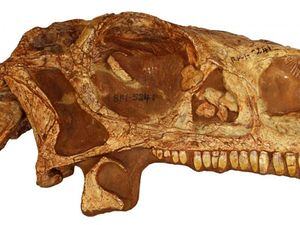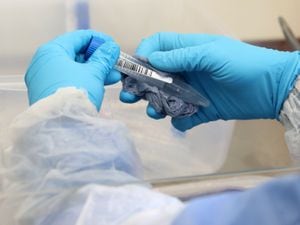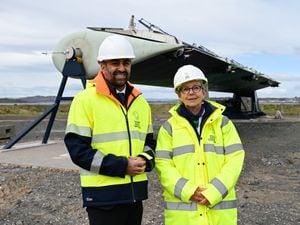You can now 3D print a 200 million-year-old dinosaur skull at home
The designs are based on CT scans of the fossil.

You can now print a 3D skull of a 200 million-year-old dinosaur, thanks to researchers who shared the blueprint of its digital reconstruction.
Kimberley Chapelle, a PhD student at the University of the Witwatersrand in Johannesburg, South Africa, created the design after performing a CT (Computed Tomography) scan which allowed scientists to peer inside the Massospondylus skull without taking the fossil apart.
The Massospondylus is believed to have roamed the South African plains during the Early Jurassic Period, around 200 million years ago.
Hundreds of Massospondylus fossils have been found in South Africa, ranging in size from hatchlings to adults. It is is one of the most famous dinosaurs from the region and was named in 1854 by well-known anatomist Sir Richard Owen.

Ms Chapelle said she was able to examine tiny features of the brain‚ such as the nerves and the organs of the inner ear.
She added: “You can actually see tiny replacement teeth in the bones of the jaws‚ showing us that Massospondylus continuously replaced its teeth‚ like crocodiles do‚ but unlike humans that can only do it once.
“I was amazed when I started digitally reconstructing Massospondylus’s skull and found all these features that had never been described.

Ms Chapelle also noted that the bones of the braincase weren’t fully fused, meaning the remains are from “an individual that is not fully grown yet”.
She added: “This allows us to understand how Massospondylus grew, how fast it grew and how big it could grow.”
Ms Chapelle is using the CT technology to study additional fossils for her PhD.
The research is published in the journal PeerJ.





